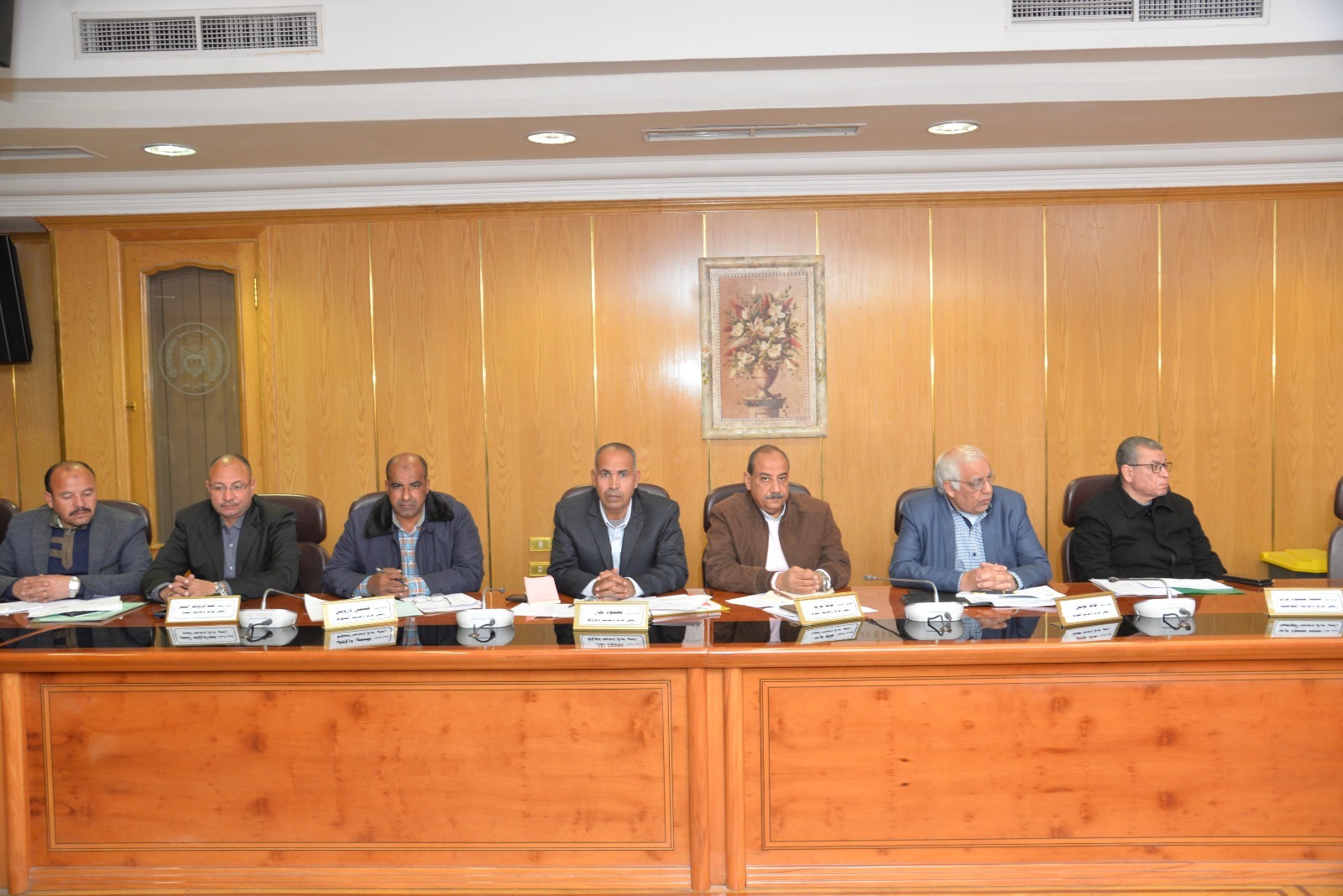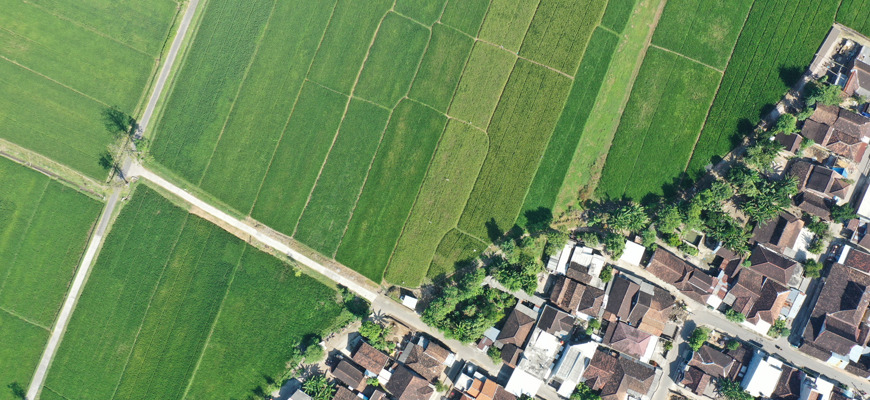A Robust Poll Data System: The Cornerstone Of Fair Elections

Table of Contents
Secure Voter Registration and Data Management
Accurate and up-to-date voter registration databases are paramount for election integrity. A flawed voter registration process can lead to voter disenfranchisement, inaccurate vote counts, and decreased public confidence in the election results. Therefore, robust security measures are essential to protect this crucial data.
- Data Encryption and Access Control: Implementing strong encryption protocols ensures that voter data remains confidential and inaccessible to unauthorized individuals. Strict access control measures, including role-based access and multi-factor authentication, limit access to sensitive information only to authorized personnel.
- Data Audits and Cleansing: Regular data audits and cleansing are vital for maintaining data integrity. This includes:
- Identifying and addressing duplicate registrations: Sophisticated algorithms can detect duplicate registrations based on various data points like name, address, and date of birth.
- Procedures for updating voter information: A streamlined process for updating voter information (address changes, name changes) is crucial to ensure accuracy. This should include secure online portals and clear communication channels.
- Data Privacy Compliance: Protecting voter data privacy is critical. Compliance with regulations such as GDPR and CCPA is not just legally mandated but also essential for maintaining public trust. This includes clear data privacy policies, transparent data usage practices, and secure data disposal methods.
Transparent and Secure Vote Counting Procedures
The vote counting process must be transparent and secure to ensure accurate and reliable election results. Any perceived or real lack of transparency can erode public trust and lead to disputes. Therefore, a robust poll data system must incorporate several security layers.
- Auditable Voting Machines and Technologies: Utilizing auditable voting machines allows for independent verification of the vote count. This means that the process is transparent and easily verifiable by external observers.
- Multiple Layers of Security: Implementing multiple layers of security to prevent manipulation or fraud is essential. This can include physical security measures, secure data transmission protocols, and tamper-evident seals on voting machines.
- Clear and Transparent Vote Counting Protocols: Clearly defined and publicly available vote counting protocols ensure consistency and accountability. This includes:
- Use of independent observers: Independent observers from different political parties or civil society organizations can monitor the counting process and ensure its fairness.
- Publicly accessible vote tallies and breakdowns: Real-time or near real-time access to vote tallies and breakdowns allows for increased transparency and reduces speculation.
- Data Backup and Recovery: Robust data backup and recovery systems are critical to prevent data loss due to technical failures or malicious attacks. This ensures that even in the event of a system failure, accurate vote counts can be retrieved.
Real-time Reporting and Results Dissemination
Providing timely and accurate election results to the public is crucial for maintaining public confidence and minimizing speculation. A robust poll data system facilitates this by enabling real-time reporting and secure data dissemination.
- Secure Data Transmission: Utilizing secure data transmission methods, such as encrypted channels, is critical to prevent data breaches during the transmission of election results.
- User-Friendly Interfaces: User-friendly interfaces for accessing election results are vital to ensure accessibility for all citizens. This includes websites and mobile applications that are easy to navigate and understand.
- Data Visualization Tools: Data visualization tools, such as interactive maps and charts, can significantly enhance public understanding of election results. This includes:
- Interactive maps: Showing results at different geographical levels (national, state, county, precinct).
- Charts and graphs: Illustrating vote shares for different candidates or parties.
Post-Election Auditing and Verification
Post-election audits are crucial for verifying the accuracy of the election results and resolving any disputes. A robust poll data system should facilitate these audits through detailed record-keeping and rigorous procedures.
- Independent Post-Election Audits: Independent post-election audits, conducted by neutral parties, help ensure the accuracy and integrity of the election results.
- Recounting Procedures: Clear and well-defined procedures for recounting votes and resolving disputes are essential for addressing any challenges to the election results.
- Statistical Anomaly Detection: Utilizing statistical methods to identify potential anomalies and irregularities in the vote counts can help ensure the integrity of the process.
- Detailed Records: Maintaining detailed records of all election-related activities for future reference is essential for transparency and accountability.
The Role of Technology in Enhancing Election Integrity
Technology plays a vital role in enhancing election integrity. While challenges exist, the benefits of leveraging modern technology outweigh the risks when implemented securely and responsibly.
- Blockchain Technology: Blockchain technology can enhance security and transparency by providing an immutable record of votes.
- AI and Machine Learning: AI and machine learning can be used for fraud detection and anomaly identification in large datasets.
- Secure Digital Voting Systems: Secure digital voting systems can improve accessibility and efficiency, particularly for voters with disabilities or those in remote areas.
- Addressing Vulnerabilities: It is crucial to address potential challenges and vulnerabilities associated with new technologies, such as cybersecurity threats and the potential for manipulation.
Conclusion
A robust poll data system is not merely a technical necessity; it is the cornerstone of fair elections. By prioritizing data security, transparency, and accuracy at every stage of the electoral process – from voter registration to post-election auditing – we can build public trust and ensure the integrity of our democratic institutions. Investing in a sophisticated poll data system is an investment in the future of fair and credible elections. Let's work together to create a more secure and transparent election process by prioritizing the development and implementation of robust poll data systems.

Featured Posts
-
 Ripple Sec Settlement Talks Potential Commodity Designation For Xrp
May 02, 2025
Ripple Sec Settlement Talks Potential Commodity Designation For Xrp
May 02, 2025 -
 Free Captain America Fortnite Skins Limited Time Item Shop Offer
May 02, 2025
Free Captain America Fortnite Skins Limited Time Item Shop Offer
May 02, 2025 -
 Qwmy Meysht Shh Rg Kb Tk Zyr Khnjr Rhe Gy Ayksprys Ardw Ky Rpwrt
May 02, 2025
Qwmy Meysht Shh Rg Kb Tk Zyr Khnjr Rhe Gy Ayksprys Ardw Ky Rpwrt
May 02, 2025 -
 The Harmful Effects Of School Suspension A Critical Look
May 02, 2025
The Harmful Effects Of School Suspension A Critical Look
May 02, 2025 -
 From The Walking Dead To Fortnite Jeffrey Dean Morgans Negan Experience
May 02, 2025
From The Walking Dead To Fortnite Jeffrey Dean Morgans Negan Experience
May 02, 2025
Latest Posts
-
 Assessing Reform Uks Agricultural Policy A Farmers Perspective
May 03, 2025
Assessing Reform Uks Agricultural Policy A Farmers Perspective
May 03, 2025 -
 Alsyasat Alaqtsadyt Aljdydt Lljbht Alwtnyt Tfasyl Alkhtt Alastthmaryt
May 03, 2025
Alsyasat Alaqtsadyt Aljdydt Lljbht Alwtnyt Tfasyl Alkhtt Alastthmaryt
May 03, 2025 -
 Will Reform Uks Policies Benefit Uk Agriculture
May 03, 2025
Will Reform Uks Policies Benefit Uk Agriculture
May 03, 2025 -
 Amant Alastthmar Baljbht Alwtnyt Tkshf En Khttha Alastthmaryt
May 03, 2025
Amant Alastthmar Baljbht Alwtnyt Tkshf En Khttha Alastthmaryt
May 03, 2025 -
 Reform Uk And Farming Promises Vs Reality
May 03, 2025
Reform Uk And Farming Promises Vs Reality
May 03, 2025
